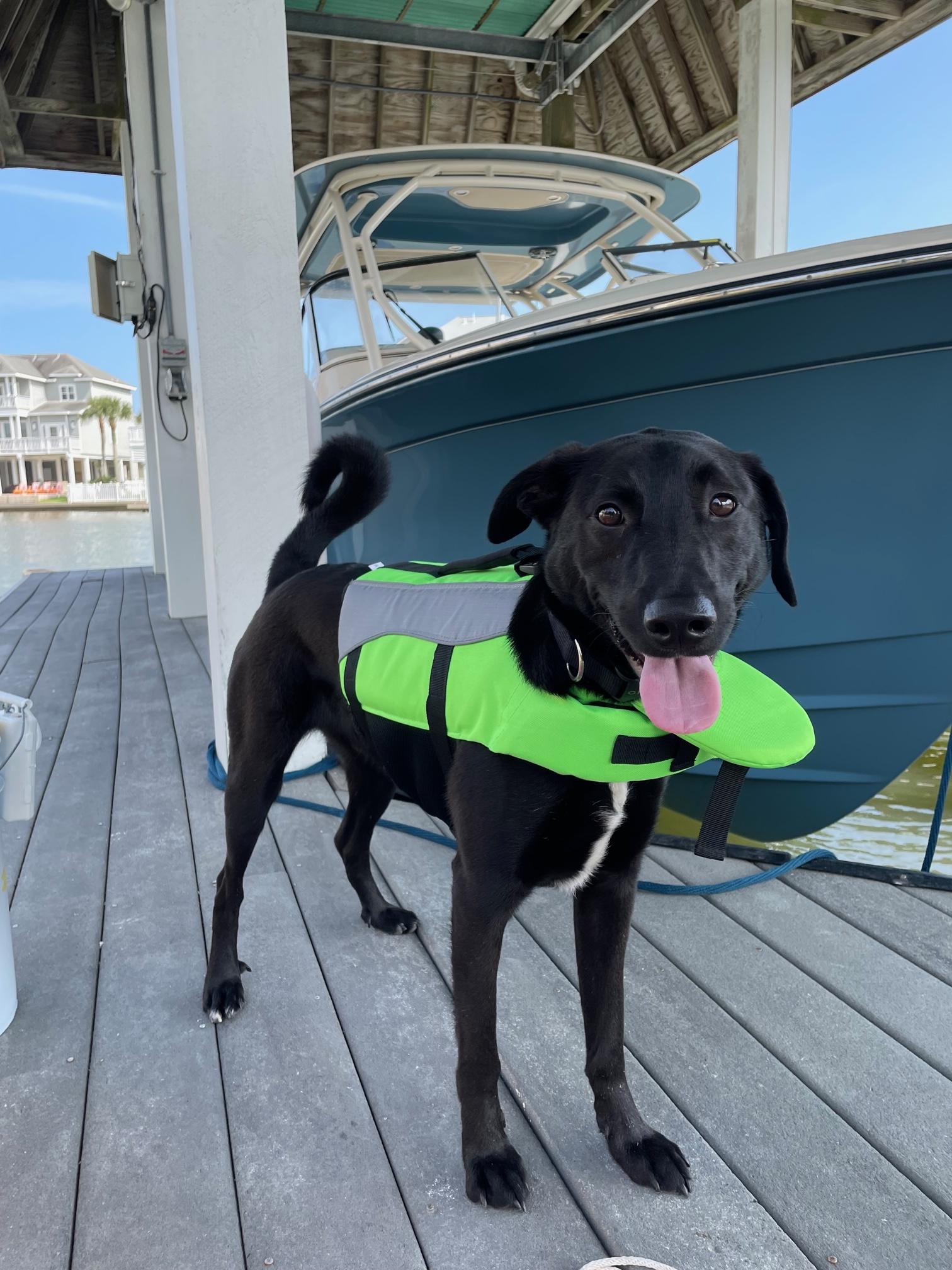Sniffing and smelling is our dogs’ primary mechanism for processing new information and observing the environment. Part of what makes dogs so incredible is their heightened sense of smell and ability to remember and recall certain scents. On walks, our dogs look forward to stopping to sniff the ground, but concerns may rise when our pups consistently stop and go or sniff something for an extended period of time. Since we can’t tell our dogs to stop sniffing, the next best thing we can do is to be aware of what they’re sniffing and whether or not it’s safe.
The benefits of sniffing on walks are endless. A dog smelling is like a human seeing… it’s just how we learn and observe the world. Sniffing gives dogs mental stimulation and serves very important functions. One pit-stop on a walk can tell a dog who peed there last, whether or not humans were there, or even if a squirrel stopped by for a minute. Dogs also get additional exercise and exploit more muscles when they stop and sniff. Think about it- they’re constantly stopping and going, running and walking at different speeds, turning around, jumping up or down, etc. The walk, plus the sniffing, will help tire out your dog and make the walk extremely beneficial and productive. Sniffing on a walk can also be used as a reward system. Your dog will learn that cooperation on the walk will result in quality sniffing time. This positive reinforcement is a great training method while also giving your dog freedom and necessary exposure.
Even though sniffing is inevitable, there are certain things to be aware of. To your dog, sniffing is an appropriate behavior so he won’t know when he’s overdoing it or being inappropriate. It’s our job to help our dogs understand that there are limits and standards. For example, if your dog sniffs a person for an extended period of time or does so inappropriately, a light tug on the leash, signaling “stop”, will help fido negatively associate the behavior. Being conscious of things that can harm your dog's health is extremely important as well. If your dog starts sniffing things, such as chocolate or alcohol, it's crucial that you take immediate action, as it's difficult to tell whether or not your dog is harmed until he starts exhibiting symptoms of food poisoning. If your dog starts sneezing or experiencing allergy symptoms similar to a human's, be aware of your dog smelling dirty items or pollen on the ground. If this is happening to your dog, long walks should be avoided until consulted by a professional or veterinarian. Behavior and training modification techniques can be applied if your dog constantly stops to smell everything (this isn’t as concerning as you would think, though). If you find this behavior bothersome or disturbing, positive reinforcement, a gentle leash pull, or treats can be used to guide your dog. The “leave it and let’s go” method is a great technique to teach any dog that fits into this category. Consistency is definitely key in order to train and modify your dog’s smelling habits. Bare this in mind when you take your dog on a walk but it’s important to compromise with and understand their needs.
There aren’t many disadvantages sniffing on walks. Dogs look forward to walks where they are free to smell everything and anything they want. Expecting your dog to not smell anything is basically like asking someone to not look out the window during a long drive… just not possible! Let your dog navigate the world and enjoy being outside. Leashed dogs during walks should have the freedom to use their noses while also having an owner that will compromise.


